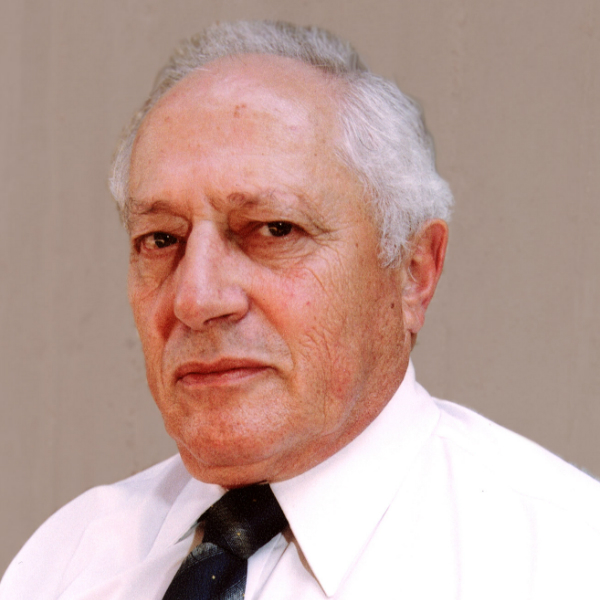- Level Foundation
- Duration 7 hours
- Course by Tel Aviv University
-
Offered by

About
This course will review the emergence of the modern Middle East from the fall of the Ottoman Empire, at the end of the First World War to the present. We will discuss the Ottoman legacy in the region and the Western imperial impact on the creation of the Arab state system. The course will review the rise and retreat of Arab nationalism, the problems of internal cohesion of the Arab states, issues of religion and state, and the evolution of Islamist politics. We will also focus on the evolution of the Arab-Israeli conflict and its impact on the region and will conclude with an in depth analysis of the “Arab Spring” by placing these contemporary revolutionary events in their historical context. Please note that there is a second part to this course which is a direct extension of this part. We highly recommend to continue to the second part after you finish this one (https://www.coursera.org/learn/modern-middle-east-2/home/info). This course will temporarily close for enrollment from March 1st, 2022 to August 31st, 2022. During this time, the course will be closed for new enrolments. All of the course materials will continue to be able available to previously enrolled learners; however, the course staff will not provide support in the Discussion Forums during this period. Best, The Tel Aviv University TeamModules
Week 1: Intro
9
Videos
- 1.0 This course is about....
- 1.1.1 What and Where is the Middle East? (part 1)
- 1.1.2 What and Where is the Middle East? (part 2)
- 1.2 What is the Modern Era?
- 1.3.1 The Middle East in the 19th Century: The Structure of Society
- 1.3.2 The Middle East in the 19th Century: The Economy
- 1.3.3 The Middle East in the 19th Century: The Politics
- 1.4 The Changing Balance of Power with Europe
- 1.5 The "Eastern Question"
2
Readings
- About us
- Week 1
Week 2: Modernity, Tradition and the Age of Reform
1
Assignment
- Quiz 1
11
Videos
- II. Modernity, Tradition and the Age of Reform
- 2.1 The Ottoman Empire
- 2.1.1.1 Traditional World View and Opposition to Reform (part 1)
- 2.1.1.2 Traditional World View and Opposition to Reform (part 2)
- 2.1.2.1 The Tanzimat (part 1)
- 2.1.2.2 The Tanzimat (part 2)
- 2.2.1 Muhammad Ali in Egypt (part 1)
- 2.2.2 Muhammad Ali in Egypt (part 2)
- 2.3.1 Islamic Reform or Modernism (part 1)
- 2.3.2 Islamic Reform or Modernism (part 2)
- 2.3.3 Islamic Reform or Modernism (part 3)
1
Readings
- Week 2
Week 3: The Rise of Nationalism; The Demise of Empire
9
Videos
- III. The Rise of Nationalism; The Demise of Empire
- 3.1 Turkish Nationalism
- 3.2 Arab Nationalism
- 3.3.1 Egyptian Nationalism (part 1)
- 3.3.2 Egyptian Nationalism (part 2)
- 3.4.1 World War One and the Demise of Empire (part 1)
- 3.4.2 World War One and the Demise of Empire (part 2)
- 3.4.3 World War One and the Demise of Empire (part 3)
- 3.4.4 World War One and the Demise of Empire (part 4)
1
Readings
- Week 3
Week 4: The Creation of the Middle East State System
1
Assignment
- Final Exam
15
Videos
- IV. The Creation of the Middle East State System
- 4.1 Egypt
- 4.2 The Fertile Crescent
- 4.3.1 The French Mandates: The Establishment of Greater Lebanon
- 4.3.2 The French Mandates: The Establishment of Syria
- 4.4 The British Mandates
- 4.4.1 The British Mandates: The Palestine Question
- 4.4.2 The British Mandates: Trans-Jordan
- 4.4.3.1 The British Mandates: The Kingdom of Iraq - Part 1
- 4.4.3.2 The British Mandates: The Kingdom of Iraq - Part 2
- 4.5 The Saudis and the Hashemites in the Arabian Peninsula
- 4.6.1.1 The Non-Arab States: The Republic of Turkey (part 1)
- 4.6.1.2 The Non-Arab States: The Republic of Turkey (part 2)
- 4.6.2.1 The Non-Arab States: Iran (part 1)
- 4.6.2.2 The Non-Arab States: Iran (part 2)
2
Readings
- Week 4
- What's next?
Auto Summary
Discover the intricate history of the modern Middle East in "The Emergence of the Modern Middle East - Part I," an enlightening course offered under the Arts & Humanities domain. Guided by expert instructors from Tel Aviv University, this foundational course delves into the transformative period from the fall of the Ottoman Empire post-World War I to contemporary times. Learners will explore the Ottoman legacy, the influence of Western imperialism on the Arab state system, the dynamics of Arab nationalism, and the complex interplay between religion and state. The course also provides a comprehensive analysis of the Arab-Israeli conflict and its profound effects on the region, culminating in a detailed review of the Arab Spring within its historical framework. This course spans approximately 420 hours and is available through Coursera with Starter and Professional subscription options. It caters to individuals seeking a foundational understanding of Middle Eastern history and politics. While the course will temporarily close for new enrollments from March 1st, 2022, to August 31st, 2022, current enrollees will retain access to all materials without active discussion forum support during this period. To gain a deeper insight, learners are encouraged to continue with the second part of this course. Embark on this educational journey to grasp the pivotal events that have shaped the modern Middle East.

Professor Asher Susser


